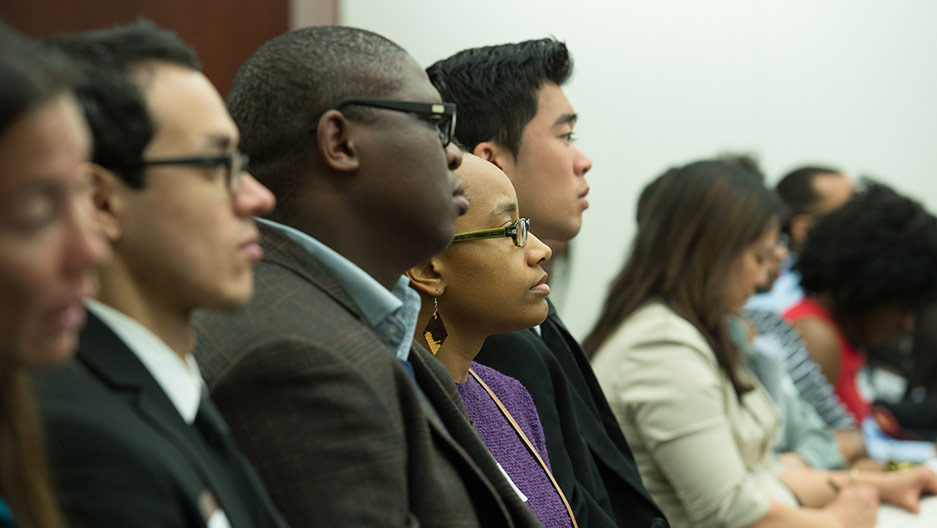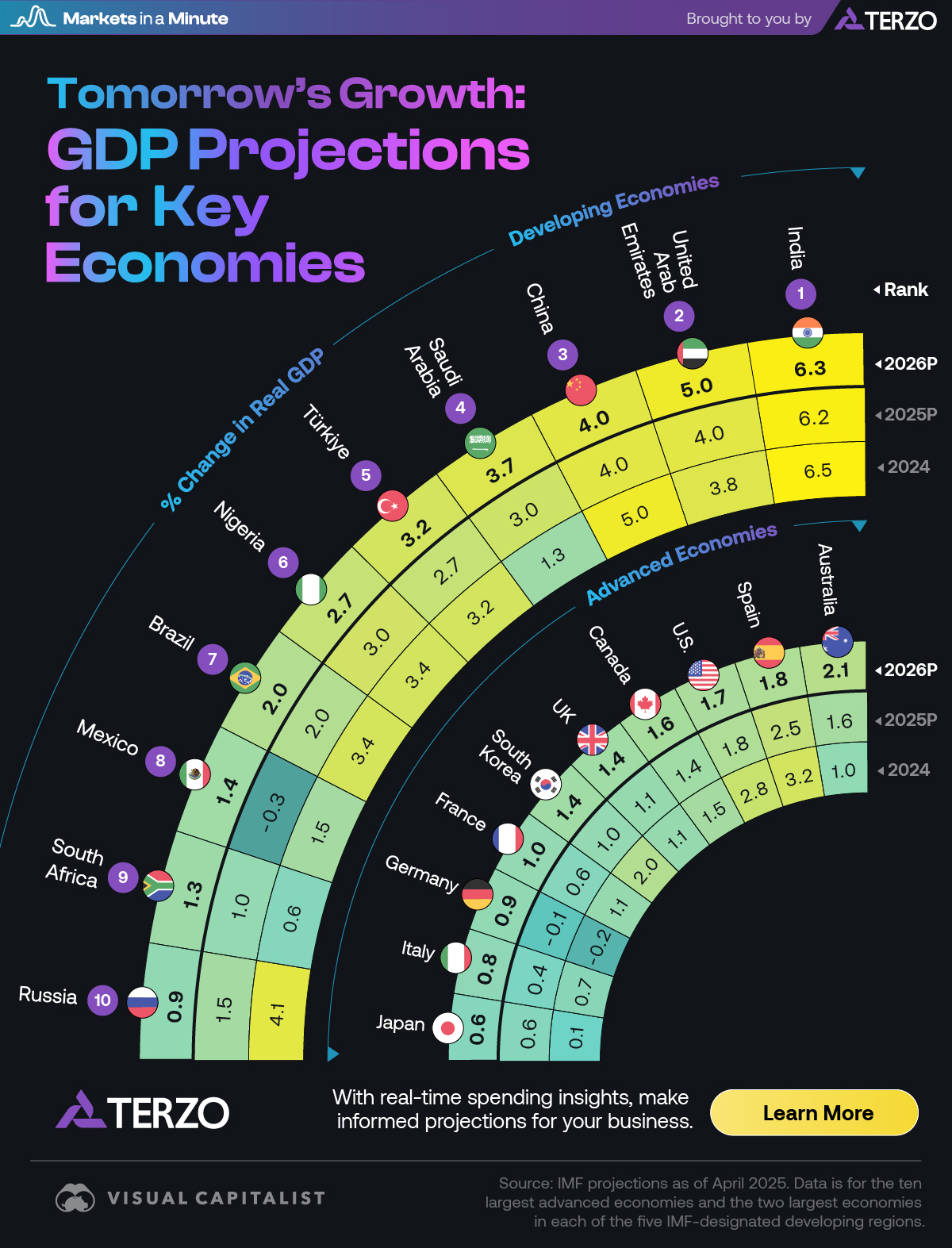Report on Garment Workers’ Convention Addressing Sustainable Development Goals
A convention is being organized by the Garment and Textile Workers’ Union to address critical labor rights issues within the state’s garment sector, which directly contravene several United Nations Sustainable Development Goals (SDGs). The event aims to mobilize workers to demand fair labor practices and systemic change.
Alignment with SDG 8: Decent Work and Economic Growth
The convention’s core objectives are fundamentally linked to the promotion of SDG 8, which advocates for decent work and inclusive economic growth for all.
Primary Demands
- Fair and Equal Pay: To combat systemic wage discrimination and push for transparent, timely wage revisions that reflect the rising cost of living. This directly supports SDG Target 8.5, which calls for equal pay for work of equal value.
- Safe Working Environments: To demand workplaces free of harassment, coercion, and exploitative practices, aligning with SDG Target 8.8 to protect labor rights and promote safe and secure working environments for all workers.
Challenges to SDG 1 (No Poverty) and SDG 5 (Gender Equality)
The prevailing conditions in the garment industry present significant barriers to achieving poverty eradication and gender equality.
Economic Hardship and Poverty
- The state’s garment industry employs approximately 400,000 women, many of whom are the primary breadwinners for their households.
- Despite their crucial role in a global supply chain serving major brands in Europe and North America, these workers receive only government-mandated minimum wages.
- This stagnant wage structure is insufficient to meet basic needs, trapping workers and their families in a cycle of poverty and undermining progress toward SDG 1 (No Poverty).
Gender Discrimination and Exploitation
- The workforce is predominantly female, making wage stagnation and poor working conditions a critical issue of gender inequality, in direct opposition to SDG 5 (Gender Equality).
- Reports of ongoing workplace harassment and exploitative practices highlight a failure to protect women workers, a key objective of SDG 5.
Institutional Failures and the Need for SDG 16: Peace, Justice and Strong Institutions
The persistence of these issues points to systemic weaknesses in governance and institutional accountability.
- For over four decades, minimum wage revisions have been characterized by delays and outcomes described by unions as unjust.
- The continuation of unsafe and exploitative conditions, despite public attention, indicates a failure of existing institutions to enforce labor laws and protect workers’ rights, underscoring the need for stronger institutions as called for in SDG 16.
Convention Details
- Organizer: Garment and Textile Workers’ Union
- Date: July 20
- Time: 11:00 a.m.
- Venue: White Palace, opposite R.V. College on Mysore Road, Bengaluru.
- Special Event: The convention will feature the release of a booklet titled ‘Suji daradondigina baduku’.
Analysis of the Article in Relation to Sustainable Development Goals
1. Which SDGs are addressed or connected to the issues highlighted in the article?
The issues discussed in the article, primarily concerning the working conditions and wages of garment workers, are directly connected to several Sustainable Development Goals (SDGs). These goals focus on poverty, gender equality, decent work, and reducing inequalities.
- SDG 1: No Poverty – The article highlights that the wages paid to garment workers are “stagnant and insufficient to meet the rising cost of living,” even though many are the “main breadwinners of their households.” This directly relates to the goal of eradicating poverty, as inadequate wages can keep workers and their families in a state of poverty.
- SDG 5: Gender Equality – The article explicitly states that “around four lakh women in the State are employed in the garment industry.” The issues of “systemic wage discrimination,” “workplace harassment,” and “coercion” are problems faced by a predominantly female workforce, making gender equality a central theme.
- SDG 8: Decent Work and Economic Growth – This is the most prominent SDG in the article. The workers’ demands for “fair wages,” “transparent and timely wage revisions,” and a “working environment free of harassment and coercion” are core components of the decent work agenda. The article describes a situation far from decent work, citing “exploitative practices” and a “lack of safety.”
- SDG 10: Reduced Inequalities – The article points to a significant inequality where workers in a “global supply chain” that supplies “major corporate brands” are paid only “government-mandated minimum wages.” The mention of “unjust” wage revisions and systemic discrimination highlights the inequality within the economic system.
2. What specific targets under those SDGs can be identified based on the article’s content?
Based on the specific problems and demands mentioned in the article, the following SDG targets can be identified:
- Target 5.1: End all forms of discrimination against all women and girls everywhere. The article’s focus on “systemic wage discrimination” in an industry dominated by women directly aligns with this target.
- Target 5.2: Eliminate all forms of violence against all women and girls in the public and private spheres. The demand for a working environment “free of harassment and coercion” and the mention of “ongoing problems of workplace harassment” connect directly to this target of eliminating violence and exploitation against women.
- Target 8.5: By 2030, achieve full and productive employment and decent work for all women and men… and equal pay for work of equal value. The core demand for “fair wages” and an end to “wage discrimination” reflects the principle of equal pay for work of equal value. The overall struggle is for decent work.
- Target 8.8: Protect labour rights and promote safe and secure working environments for all workers, in particular women… The call to address the “lack of safety” and “exploitative practices” and to ensure a safe working environment free from harassment is a direct reflection of this target.
- Target 10.4: Adopt policies, especially fiscal, wage and social protection policies, and progressively achieve greater equality. The demand for “transparent and timely wage revisions” and fair wages is a call for better wage policies to reduce the inequality between the workers’ earnings and the rising cost of living.
3. Are there any indicators mentioned or implied in the article that can be used to measure progress towards the identified targets?
The article implies several indicators that could be used to measure progress, even if it does not state them in official SDG terminology:
- Indicator for Wage Levels (Targets 8.5, 1.2): The article mentions that workers are paid “government-mandated minimum wages” which are “insufficient to meet the rising cost of living.” Progress could be measured by tracking the ratio of the average wage of garment workers to the official minimum wage and, more importantly, to a calculated living wage.
- Indicator for Wage Revisions (Target 10.4): The article notes “repeated delays” and “unjust” decisions in wage revisions. A measurable indicator would be the frequency and transparency of wage revision processes and the time elapsed between revisions.
- Indicator for Workplace Safety and Harassment (Targets 5.2, 8.8): The article reports “ongoing problems of workplace harassment, lack of safety, and exploitative practices.” Progress could be measured by the number of reported incidents of harassment, accidents, and labor rights violations within the garment factories. A decrease in such reports would indicate improvement.
- Indicator for Gender Pay Gap (Target 5.1): The mention of “systemic wage discrimination” in a female-dominated industry implies that the gender pay gap is a key issue. An indicator would be the difference in wages between female garment workers and their male counterparts (if any) or workers in other comparable sectors.
4. Summary Table of SDGs, Targets, and Indicators
| SDGs | Targets | Indicators (as implied in the article) |
|---|---|---|
| SDG 1: No Poverty | 1.2: Reduce at least by half the proportion of people living in poverty. | Ratio of workers’ wages to the amount required to meet the rising cost of living. |
| SDG 5: Gender Equality | 5.1: End all forms of discrimination against all women. 5.2: Eliminate all forms of violence and exploitation against women. |
Existence of wage discrimination policies/practices. Number of reported incidents of workplace harassment and coercion. |
| SDG 8: Decent Work and Economic Growth | 8.5: Achieve decent work for all, and equal pay for work of equal value. 8.8: Protect labour rights and promote safe and secure working environments. |
Comparison of actual wages against government-mandated minimum wages. Frequency of reported safety issues, exploitative practices, and harassment incidents. |
| SDG 10: Reduced Inequalities | 10.4: Adopt policies, especially wage policies, to achieve greater equality. | Frequency, transparency, and fairness of minimum wage revisions. |
Source: thehindu.com







